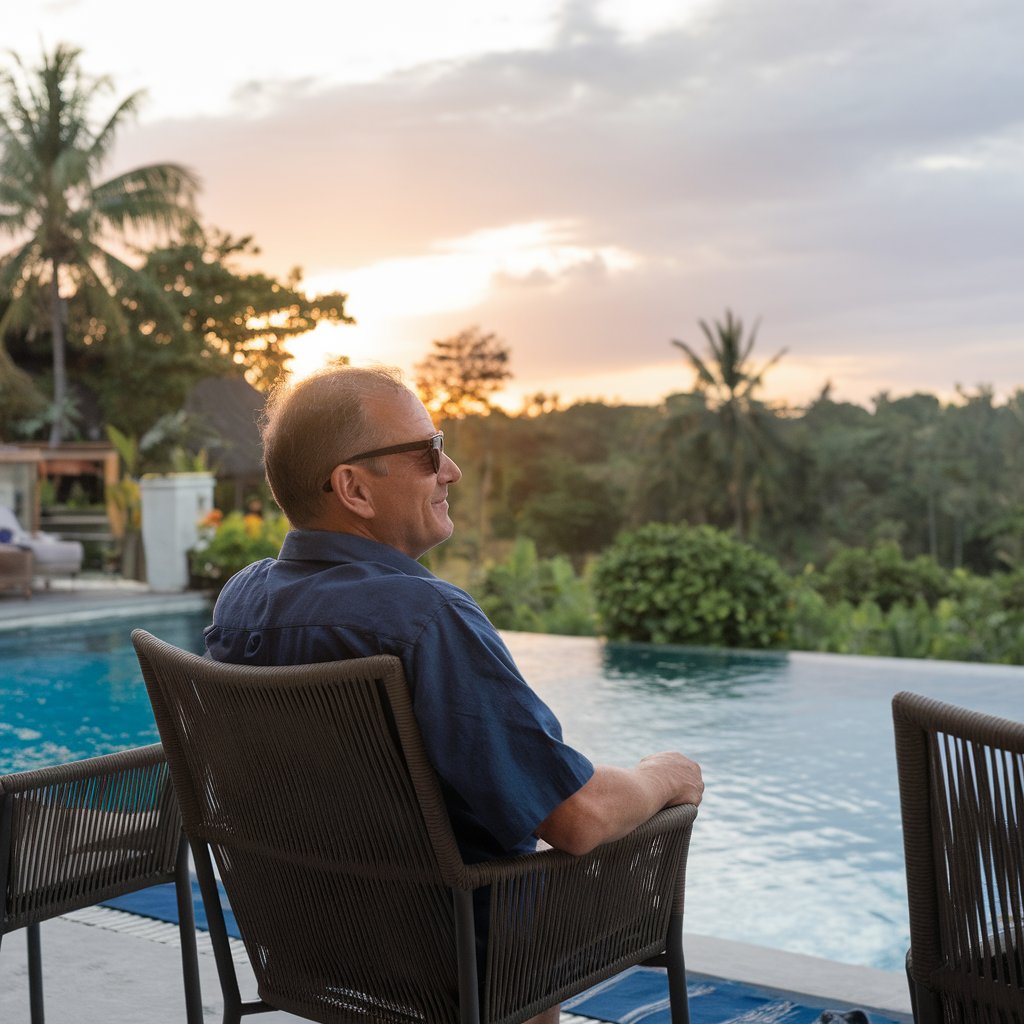How to Use Walkie Talkies While Traveling: A Beginner's Guide
- Ethan

- Jul 10
- 3 min read
Updated: Jul 14
Exciting adventures in travel can become memorable, but in some cases, they can also tear a group apart due to members separating, which can be stressful, especially when in an unfamiliar place.
While you would expect smartphones to be able to perform in such areas, this is not the case as they are built for operation at their most difficult: in the wilderness where there is no coverage most of the time, in areas with too many crowds and the coverage is overhauled, and in overseas locations, since the cost is unaffordable for roaming.

In all such scenarios, the effective use of a simple walkie-talkie becomes invaluable, as it provides instant communication without relying on a cellular network.
Basic Operation for Travelers
Walkie talkie systems that are recent models incorporate quite advanced features but still remain as simple as possible. These devices are operated by pressing a transmit button, recording a message, and then releasing the button to be able to hear a response. There are no phones where phones ring, get answered, or access voicemail; there is only handheld back-and-forth voice communication that is received by all the users of that particular frequency. This straightforwardness helps greatly when directing people to meeting places within a sea of people or in trading conversations of the newly discovered points of interest in a new environment.
Assemble your devices and account for all that is necessary with adequate time to spare before starting your journey, ensure that everyone can grasp all the fundamental basics fully first. Begin by sending clear, simple messages and establish a simple being as back to basic as you can. Most people in Travelers find this simple Jama preparation most helpful, without which their devices remain simple basic new age Items that add to the travelers fun making it a great new idea but when it comes to enhancing the team effort of the team the devices are more counter productive, new ways are added to accomplish a task.
Channel Selection and Privacy
Most standard walkie talkie units offer multiple channels—essentially different frequencies for communication. When traveling in popular destinations, select less common channels to avoid interference from other nearby users. Some advanced systems offer privacy codes that further filter unwanted communications, creating semi-private conversations even in crowded environments.
Advanced walkie talkie systems designed specifically for travelers offer nationwide coverage through cellular networks while maintaining the simplicity of push-button operation. These hybrid devices excel during extended road trips or multi-destination vacations where traditional radios might exceed their range limitations.
Communication Techniques That Work
Effective walkie talkie communication follows different patterns than phone conversations. Brief, clear messages work best. Start with the recipient's name, deliver your message concisely, then end with a specific response request. "Sarah, we're at the north entrance. What's your location? Over." This clarity prevents confusion and establishes natural conversation rhythm among group members.
Common travel-specific phrases like "copy that" (message received), "say again" (please repeat), and "standing by" (waiting for response) quickly become second nature. These verbal shortcuts enhance coordination during active adventures where detailed conversations prove impractical.
Battery Life Strategies
Nothing disrupts travel communication faster than dead batteries. Establish regular charging routines, typically overnight, to maintain ready devices. Many experienced travelers carry portable power banks specifically for their walkie talkie systems, ensuring communication capability even during extended excursions away from power sources.
Communication Freedom While Exploring
Walkie-talkie communication liberates travelers from cellular network dependencies while providing instant group coordination. Their simplicity, reliability, and purpose-specific design create confidence when exploring unfamiliar destinations. By understanding basic operation, practicing clear communication techniques, and managing practical limitations, these devices transform from simple gadgets into essential travel tools that enhance adventures rather than complicating them.



Comments